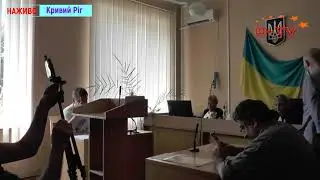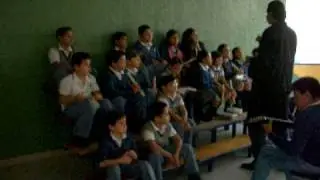What Makes Videos Accessible to Blind and Visually Impaired People?
What Makes Videos Accessible to Blind and Visually Impaired People?
Xingyu Liu, Patrick Carrington, Xiang 'Anthony' Chen, Amy Pavel
CHI'21: ACM CHI Conference on Human Factors in Computing Systems
Session:
Accessible Content Creation - A
Accessible Content Creation - C
Abstract
Videos on sites like YouTube have become a primary source for information online. User-generated videos almost universally lack audio descriptions, making most videos inaccessible to blind and visually impaired (BVI) consumers. Our formative studies with BVI people revealed that they used a time-consuming trial-and-error approach when searching for videos: clicking on a video, watching a portion, leaving the video, and repeating the process to find videos that would be accessible — or understandable without additional description of the visual content. BVI people also reported video accessibility heuristics that characterize accessible and inaccessible videos. We instantiate 7 of the identified heuristics (2 audio-related, 2 video-related, and 3 audio-visual) as automated metrics to assess video accessibility. Our automated video accessibility metrics correlate with BVI people’s perception of video accessibility (Adjusted R-squared = 0.642). We augment a video search interface with our video accessibility metrics and find that our system improves BVI peoples’ efficiency in finding accessible videos. With accessibility metrics, participants found videos 40% faster and clicked 54% less videos in our user study. By integrating video accessibility metrics, video hosting platforms could help people surface accessible videos and encourage content creators to author more accessible products, improving video accessibility for all.
DOI:: https://doi.org/10.1145/3411764.3445233
WEB:: https://chi2021.acm.org
Video Previews of CHI 2021







